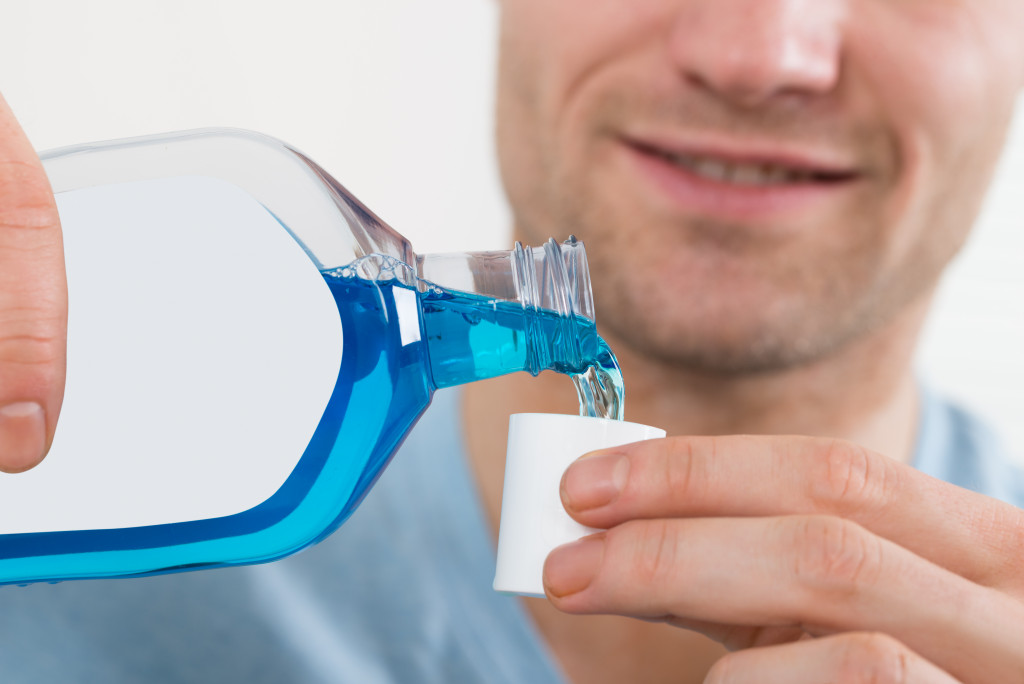The American Dental Association (ADA) recommends that children visit the dentist within six months of the eruption of their first tooth and no later than their first birthday. Why? Because oral health is an essential part of overall health!
This blog post will discuss five tips for kids to keep their teeth clean and healthy.
1. Brush Their Teeth at Least Twice a Day with Fluoride Toothpaste
The ADA recommends that children should brush their teeth twice a day with fluoride toothpaste. Brushing gives rid of a sticky film of bacteria on the teeth called plque. Otherwise, they destroy the teeth’s hard covering called the enamel, causing cavities and other dental problems if not removed regularly.
Fluoride helps protect against cavities by making the enamel stronger. Use fluoridated toothpaste as fluoride is not naturally found in water. However, ask your dentist if you are unsure about what type of toothpaste to use.
When brushing their teeth, be sure that your child brushes on the inside surfaces of their teeth, the outer surfaces, and the chewing surfaces. They should also brush for around two minutes but avoid touching too hard. Otherwise, it can wear down tooth enamel and cause sensitive teeth.
A soft-bristled toothbrush will be more effective at removing plaque than a medium or firm bristled one. Replace the child’s toothbrush every three months or sooner if the bristles start to wear down.
2. Floss the Teeth Once a Day
Flossing is another critical way to take care of the mouth. It removes stuck food particles the bacteria can feed on.
Flossing can be challenging to children, but these steps are worth trying:
- Use a piece of floss about 18 inches long.
- Wrap one end of the floss around your finger, leaving about two inches of floss between the tips of your fingers, and wrap the other end around their finger.
- Using a back-and-forth motion with both hands, gently slide the floss into one space between teeth (gum to the tooth) at a time while pressing firmly against each side. Be sure to floss on the inside surfaces of their teeth, as well as the chewing surfaces.
A child can floss their teeth once a day. Be sure to replace the floss every few months or when it becomes frayed.
If your child finds flossing difficult, you can also try using an oral irrigator, which is a device that uses water pressure to clean between the teeth.
3. Avoid Foods and Beverages High in Sugar or Acidity
Sugar and acids are two things that can damage teeth. High-sugar foods and beverages can cause cavities, while acidic foods and drinks can wear down tooth enamel.
Be sure to monitor your child’s sugary foods and drinks intake, especially between meals. Try to give them water or milk instead of soda or juice.
If you give your child sugary or acidic foods, be sure to brush their teeth afterward. You can also try giving them cheese or another high in calcium food, as this can help neutralize the acidity of the food and protect tooth enamel from damage.
In addition to avoiding sugary and acidic foods, limit their starchy carbohydrates like potato chips and white bread. Starch can also cause the formation of plaque on teeth.
Healthy snacking options for your child include fresh fruits and vegetables like apples or carrots with hummus dip (a spread made from chickpeas). These are excellent sources of fiber, as well as vitamins and minerals. Other choices include whole-grain crackers, nuts, and cheese.
4. Scrape the Tongue
The tongue is a breeding ground for bacteria. Scraping the tongue helps remove microorganisms and food debris that can cause bad breath.
A child can use a soft-bristled toothbrush, a tongue scraper, or their finger to scrape their tongue. Be sure to do this gently so you don’t damage the tissue on their tongue. Scrape the tongue in a back-to-front motion, and then rinse their mouth with water.
A child can scrape their tongue once or twice per day during brushing. If they do this when they wake up and before bed, that’s great! It will help keep bacteria down overnight as well.
If you notice a white-coated tongue, talk to your dentist about it, as this can be an indicator of some conditions like oral thrush or geographic tongue.
5. Rinse with Mouthwash

Mouthwash can help take care of the mouth in ways brushing and flossing can’t. It kills bacteria, removes plaque, and freshens breath.
There are many types of mouthwashes available over-the-counter. Be sure to look for one that contains fluoride, as this will help protect teeth from cavities.
A child can rinse with mouthwash once a day. Swish the mouthwash around in their mouth for at least 30 seconds, and then spit it out. Be sure to close the cap on the mouthwash tightly after each use and store it in a cool, dry place.
As parents, you can pass on good oral health habits to your kids by teaching them the tips above. Hopefully, the kid can remember these lessons and continue this positive behavior through their adult lives.




